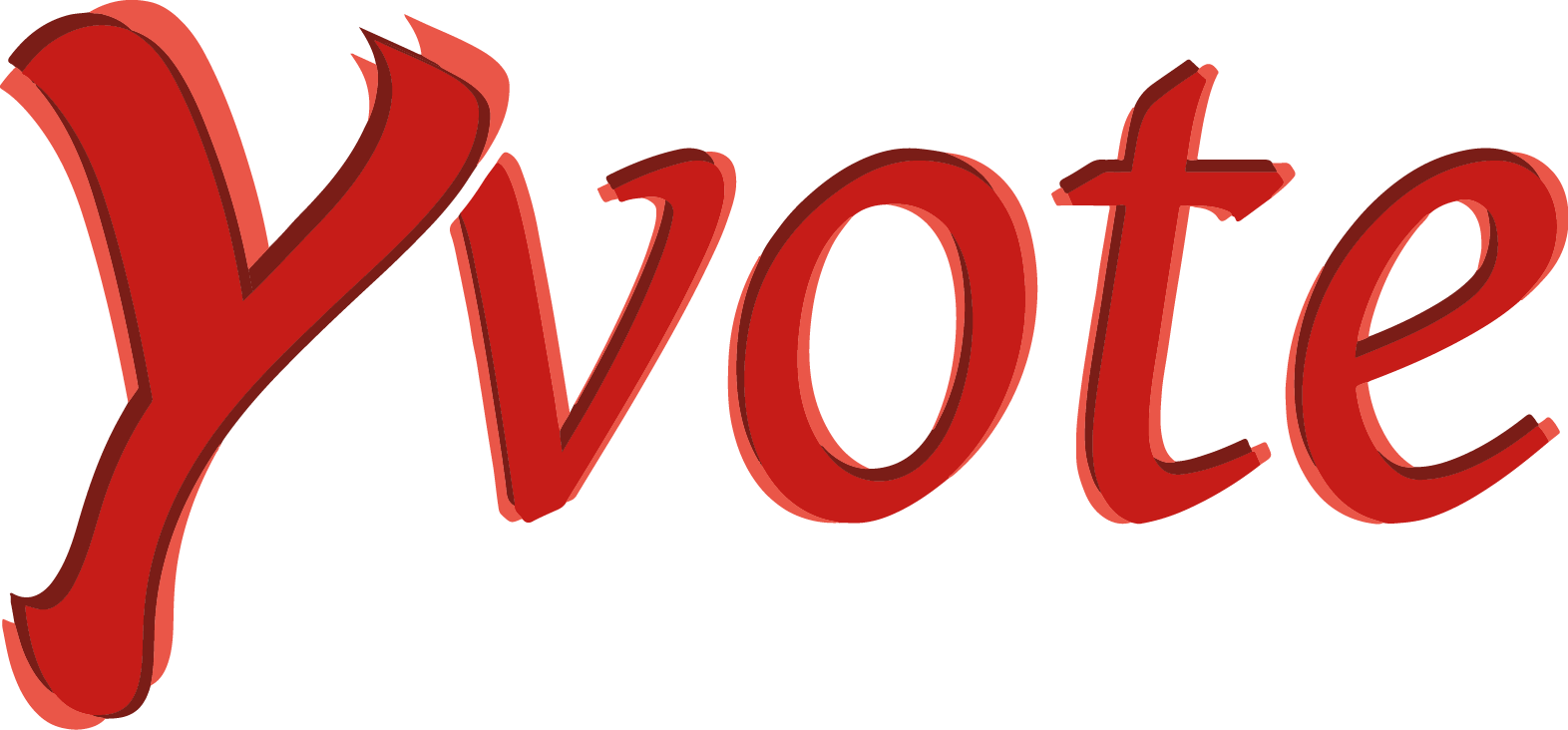Only few days left until the elections! Don’t let them go by wasted – you can still convince a few people to vote! Here are a few simple ideas:
Talk to those you know
Post about voting on facebook. Use the frame by the European Parliament’s campaign #ThisTimeImVoting and change your profile picture for a few days signalling you will vote. Send a mass WhatsApp, talk to your friends and sports team, your family… There are many options! Maybe your grandparents even have a cool story to share about the first time they voted?
Get informed
Not quite sure whom to vote for yet? Check different resources to make your decision:
- https://www.euromat.info
- https://www.voteswiper.org/de/germany/european-election-2019
- https://yourvotematters.eu
- https://www.politico.eu/interactive/youvote-eu/
- Check party programs.
- Check newspapers, they often have special sections for the elections.
Use your social media outreach!
You post almost everyday on facebook, instagramm or another channel? Or maybe you don’t posting but could imagine changing your profile picture? Use your outreach! The European Parliament’s campaign This Time I’m Voting has prepared a few designs to make this easier, here’s what they offer:
- Facebook: Before the elections, a reminder of the elections will appear on users’ timelines, and on elections day, a ‘I voted’ button will be available.
- Instagram: On the 20th or 21st, Instagram will launch stickers for stories that will appear on the top of the creative tools that people use when creating their stories. We have also created editable templates for Instagram, available here.
- Snapchat: Last week, Snapchat launched their filters ‘I will be voting’, which will change into ‘I voted’ on election day. They will also have some special built-in GIFs surrounding the elections
- GIFs: We have a range of GIFs that can be used on the most popular social media channels. They can be found here.
There are also frames for your facebook profile picture available!
Booth crawl
Yes, you have heard correctly! No pubs this weekend, but booths! Invite your friends and AEGEE-members, get on your bikes, take snacks and Europe flags and go vote together! Voting doesn’t have to be boring, it’s what you make of it!
Flashmob
Spice up your mensa or local town square or whichever place seems public enough! This can be a fun reminder for everyone present that the elections are coming up.
Check out these (very cool) examples from the internet:
- You might not have an orchestra or a choir at hand, but the idea to use music to raise awareness for the elections, and especially the hymn to remind people of unity is not the worst. Check out the example from Nurnberg . Don’t be afraid to rewrite the lyrics of ‘Ode to Joy’ or a different song. Whatever rocks your city.
- Does your city have a partner city or do you have a twin local? Y not organise something happening simultaneously in different places together?
- Adapt this cool idea from Canada to raise awareness on the importance of recycling, to raising awareness on the importance of voting!
Bus campaigning
People passing by on the street don’t have time? On the bus they have nothing to do anyways! Prepare a few questions, jump on a bus, ask passengers, hop off at the next station and gather results.
Sample script for bus talk
Hi, I’m from a local youth organisation and we want to make people aware of the EP elections in 2019.
- Do you know about the elections of the EU parliament in May 2019?
- Will you vote? Why/ why not?
Use the contact form below to tell us what today’s passengers said!
“I will vote”
Make a “I will vote” frame or poster and ask people if they would take a picture with it, upload it to their Facebook page and link the Y Vote page! Also you could use the flyers that the “This time I’m voting” campaign of the European Parliament Liaison Offices. Find out more about our cooperation with the European Parliament and This Time I’m Voting and how it can be useful for your local.
Eyecatcher
If you start a street action, you need to make yourself visible! Get creative! Ideas: big signs with statistics that attract attention, costumes, spinning wheel with different prizes (e.g. borrow from bank or similar), think about where people have time to talk to you, e.g. pedestrian alley, shopping street on weekend, bus, waiting areas, people that are relaxed.
Kahoot Quizzes
Get other members hyped for the elections? Want to pump up your weekly social drink? Make sure you have a projector and test everyone’s knowledge! Have a look at our kahoot quiz, or make your own. Also see our cheat sheet for the quiz with the login info.
Write to your (former) teachers
A voter who votes the first time they are allowed to is likely to stay voter all their life, whereas whoever doesn’t use this chance might never make use of it. Your teachers from high school are in touch with many first-time voters! Ask them to take a few minutes from their lesson to remind students of this opportunity.
Politicians twister
You want to make people laugh at your next AEGEE event? Here’s an energizer for you: Instead of colorful circles, put faces of politicians on a twister board. E.g. faces of old politicians that are closely connected to the EU integration – Adenauer, Churchill, Monnet, Spinelli, and connect it with a quiz. Then it starts: “Put your left foot on Churchill”.
